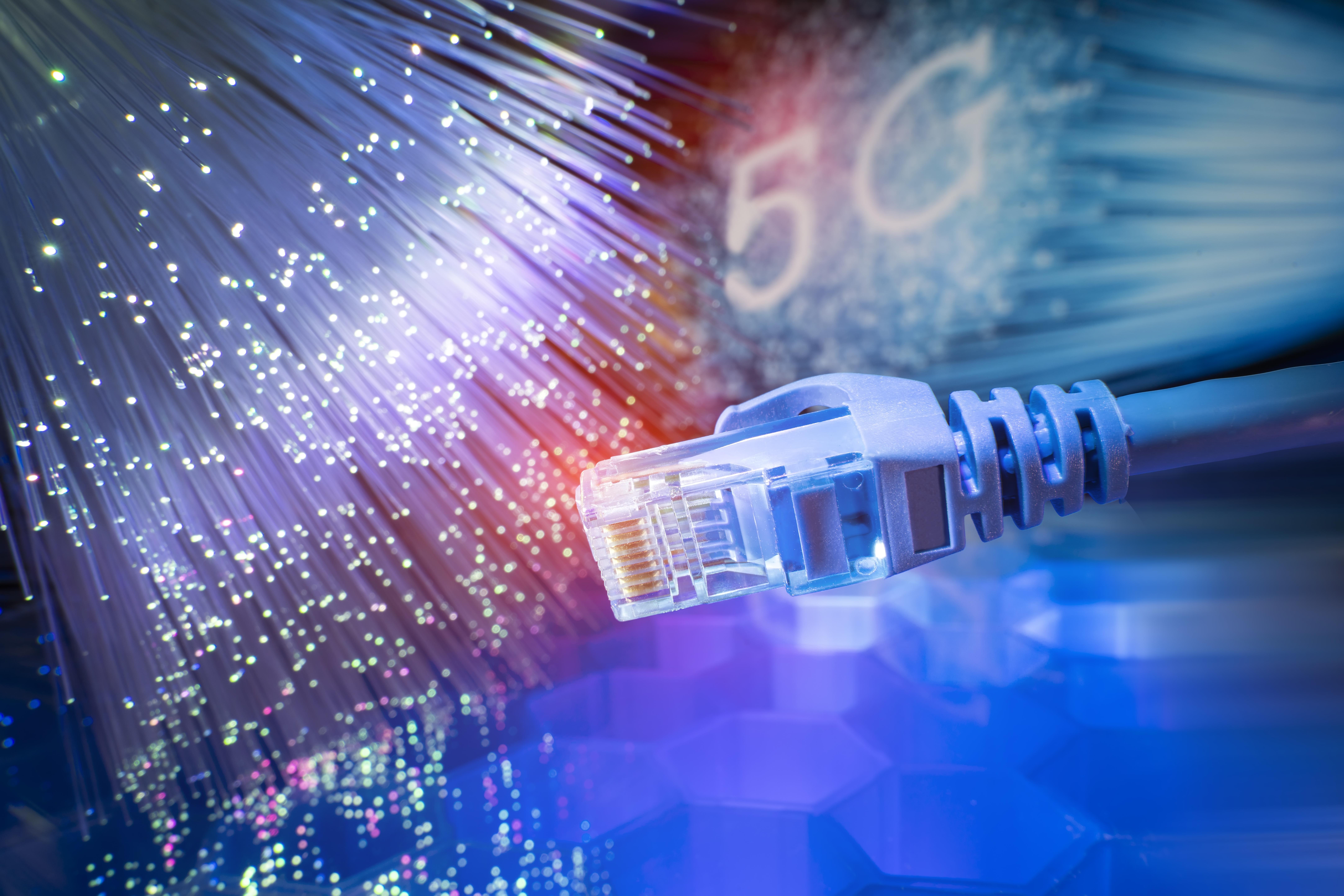The advent of both fibre and 5G connectivity has enabled new technologies related to the Internet of Things (IoT), which in turn gives you broader access to smart home products, streaming services, and cloud back-ups.
For a more stable connection from home, fibre is the preferred method, but for areas that don’t have fibre laid out, 5G becomes the solution. This is not to say you can’t have access to both; you can have a home fibre setup as well as a 5G data plan with Vodacom. Your 5G data plan is accessible via a MiFi dongle so you can work from anywhere, or for your 5G-enabled smartphone.
According to stats shared by MJL Communications, the number of fibre subscriptions in South Africa has soared by more than 4 200% in the past seven years, as demand for fast, secure, and reliable internet grows. Figures from the SA Department of Communications and Digital Technologies show fibre-to-the-home (FTTH) connections reached over 3.2 million households, prompted by the COVID-19 pandemic.
Back in 2020, Vodacom launched 5G services – now available in all nine provinces – and will spend R11bn to expand coverage this year. In October, Vodacom achieved speeds of 2.4Gbps at its Midrand campus, a first for South Africa. The record throughput speed is 100 times faster than the average FTTH connection.
But 5G and fibre are not the same thing. Here’s what makes them different:
Speed
Internet speed can make or break your business. A fast connection is crucial for some tasks and for the use of IoT-enabled devices and services. Both 5G and fibre perform on those fronts, but 5G can deliver download speeds between 1-10Gbps, and fibre can go up to 1Gbps in South Africa.
Reliability
A fibre connection uses glass cables to transmit data. While they’re resilient and can withstand wear and tear, they can be damaged due to severe weather. On the other hand, 5G is regarded as more dependable and durable because one connection is linked to multiple towers. It’s also less likely to be damaged in a thunderstorm.
Latency
Measured in milliseconds, latency is the amount of time it takes for data to travel between two points. It’s the all-important stat for gaming; the lower the latency, the faster the data transfers. While 5G latency is low, fibre is even lower, and industries that require precision, such as stock exchanges, tend to rely on fibre connections.
Set-up
Since 5G is a wireless connection, it doesn’t require any technical knowledge to get connected. You insert a SIM card into a smartphone or router and you’re all set. Fibre, however, requires a technician to link a cable from the nearest fibre box to a modem inside your home. Ultimately, 5G and fibre aren’t in competition with each other – you can have one or both. Optimal performance depends on your location. Remember to test the signal and speed of your connection before signing up.
Sign up for fibre now
Vodacom Fibre offers high-speed broadband connectivity with speeds from 4Mbps to 100Mbps. Choose from capped or uncapped 24-month, 12-month or month-to-month price plans.



